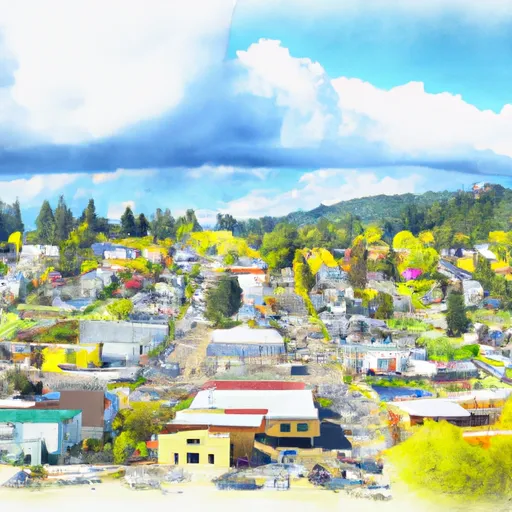°F
°F
mph
Windspeed
%
Humidity











Westfall, Oregon is a charming town located in the southeastern part of the state. Known for its picturesque landscapes and outdoor recreation opportunities, Westfall experiences a semi-arid climate. Summers are generally hot and dry, with temperatures reaching the mid-90s Fahrenheit, while winters are relatively mild, with temperatures averaging in the upper 30s to low 40s Fahrenheit. The area receives an average annual precipitation of around 12 inches, primarily occurring during the colder months.
Westfall is blessed with a diverse hydrology that includes streams, creeks, and small lakes. The town is situated near the Malheur River, which provides ample opportunities for fishing, boating, and water-based activities. The river is home to various species of fish, including trout and bass, making it a popular destination for anglers.
For outdoor enthusiasts, Westfall offers a range of recreational activities. The surrounding landscape is perfect for hiking, camping, and wildlife viewing. The nearby Ochoco National Forest provides miles of trails for exploring, while the Malheur National Wildlife Refuge offers birdwatching and photo opportunities. Whether you enjoy fishing, exploring nature, or simply immersing yourself in the beauty of Oregon's countryside, Westfall has much to offer.
Weather Forecast
Westfall receives approximately 274mm of rain per year, with humidity levels near 72% and air temperatures averaging around 10°C. Westfall has a plant hardyness factor of 6, meaning plants and agriculture in this region thrive during a short period during spring and early summer. Most plants will die off during the colder winter months.



